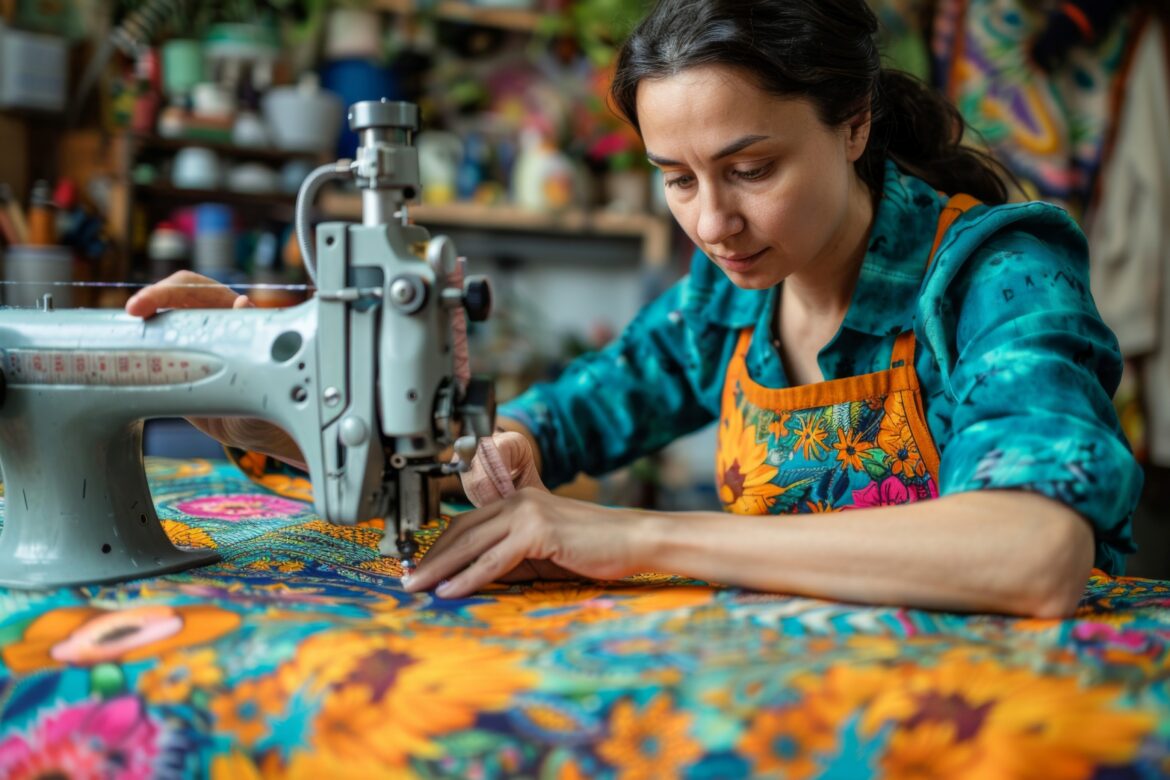Logistics upgrades are helping Bangladesh’s ready-made garment sector grow fast, as new port links, better road connections and faster warehousing are cutting delivery time and costs for factories across the country. In the 2024–25 financial year the RMG sector earned about US$39.34 billion, an 8.84 percent rise that shows buyers are still turning to Bangladesh for knit and woven clothing, with knitwear and woven items both recording strong shares of the total. Industry leaders say the rise is not just about orders but about the way goods move: improvements at key seaports, more efficient container handling, upgraded inland transport and modern warehouses mean factories get raw materials faster and ship finished garments sooner. That shorter turnaround helps manufacturers meet tight brand schedules and win bigger, higher-value contracts. Companies have also invested in simple digital tools to track shipments and manage stock, which reduces delays and makes planning easier for small and mid-sized factories. The boost in logistics has encouraged more firms to take on complex work and to explore new product lines that demand faster, more reliable supply chains. At the same time, imports of raw materials rose to meet the expanded output, helping mills and factories keep lines running without long waits. Workers, factory managers and exporters told event hosts and trade writers that steady logistics links give them confidence to accept larger orders and to plan capacity more clearly. Observers add that faster, cheaper movement of goods supports not only export growth but local jobs and small suppliers across textile towns. Experts stress that this is a step-by-step change: each better road, crane or warehouse adds to factory efficiency and the country’s ability to meet global demand. Firms still face challenges such as the need for more cold storage, skilled logistics staff and steady power, yet the momentum from recent upgrades is clear and practical. Public and private investment has helped, with new inland container depots and faster customs processes easing bottlenecks, while private logistics firms offer flexible options that suit smaller makers. Training programs for drivers, warehouse staff and planners are starting to raise local skills so goods move more safely and on time. Many small suppliers say they can fill orders faster now, which helps factories avoid idle machines and keep workers paid. Shorter lead times also let brands reorder designs closer to sale dates, reducing waste and helping factories win repeat business. The result is a more stable chain from raw fibre to finished product that supports steady work for many people. This gradual change shows how practical fixes in logistics can lift factory output, create jobs across regions, and make Bangladesh a more reliable partner for global clothing brands that need speed and quality.
Faster Ports and Warehouses Boost Bangladesh’s Garment Exports and Production
18


